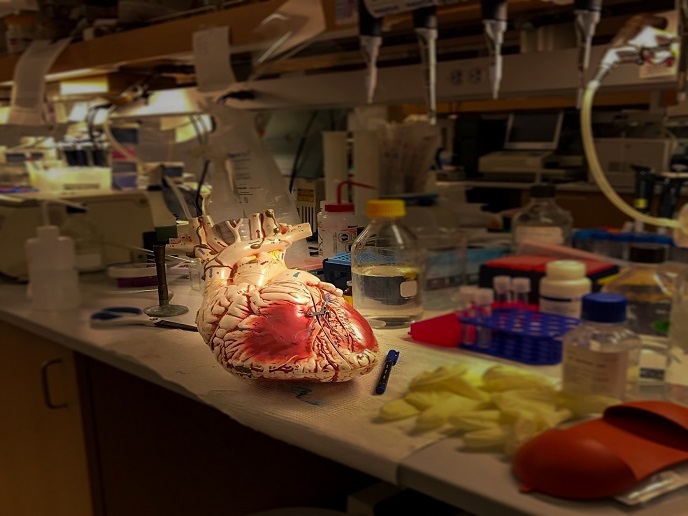Comprehensive toxicity prediction
Exposure of living systems to thousands of chemicals has prompted Europe to adopt new regulations covered by 'Registration, Evaluation, Authorisation and Restriction of chemical substances' (REACH). The face of toxicology is changing — instead of standard animal testing of chemicals, there is a move towards in vitro and in silico methods. As toxicology is entering a new era, the EU-funded 'Multilevel modelling for predictive toxicology' (COMPTOX) project has defined a new paradigm in toxicity assessment. Researchers applied computational toxicology for a more detailed understanding of the hazards of a large number of chemicals. COMPTOX also took in the need to prioritise testing and gain knowledge on a chemical's fate starting from the environment to the organism. Scientists focused on understanding the dynamics of physiologically based pharmacokinetics (PBPK) models widely used in the pharmaceutical industry. They applied dynamic system theory to provide insight into the mechanics involved and the parameters that govern changes in all the stages of PBPK models. The distribution and elimination of some drugs are defined by a hysteretic curve. In these instances, long-term system behaviour is determined by the elimination process and characterised by the parameters of the Michaelis Menten kinetics. The researchers have outlined the significance of this for controllability and reverse-engineering applications of PBPK models. COMPTOX also developed a predictive tool for PBPK to assess the extent of bioaccumulation using variables including liver metabolism data, minimal excretion and constant exposure. The results show that metabolic clearance, plasma protein-binding properties and renal excretion are the main factors determining bioaccumulation in the body. Data on metabolic clearance with metabolically competent cell lines as well as plasma protein binding assays must be available to give statistically meaningful results. REACH is enforced to protect humans and the environment from exposures to chemicals and environmental stressors in Europe. COMPTOX activities should produce a powerful predictive toxicology tool for use in research, public health decision-making and providing regulatory guidelines.







